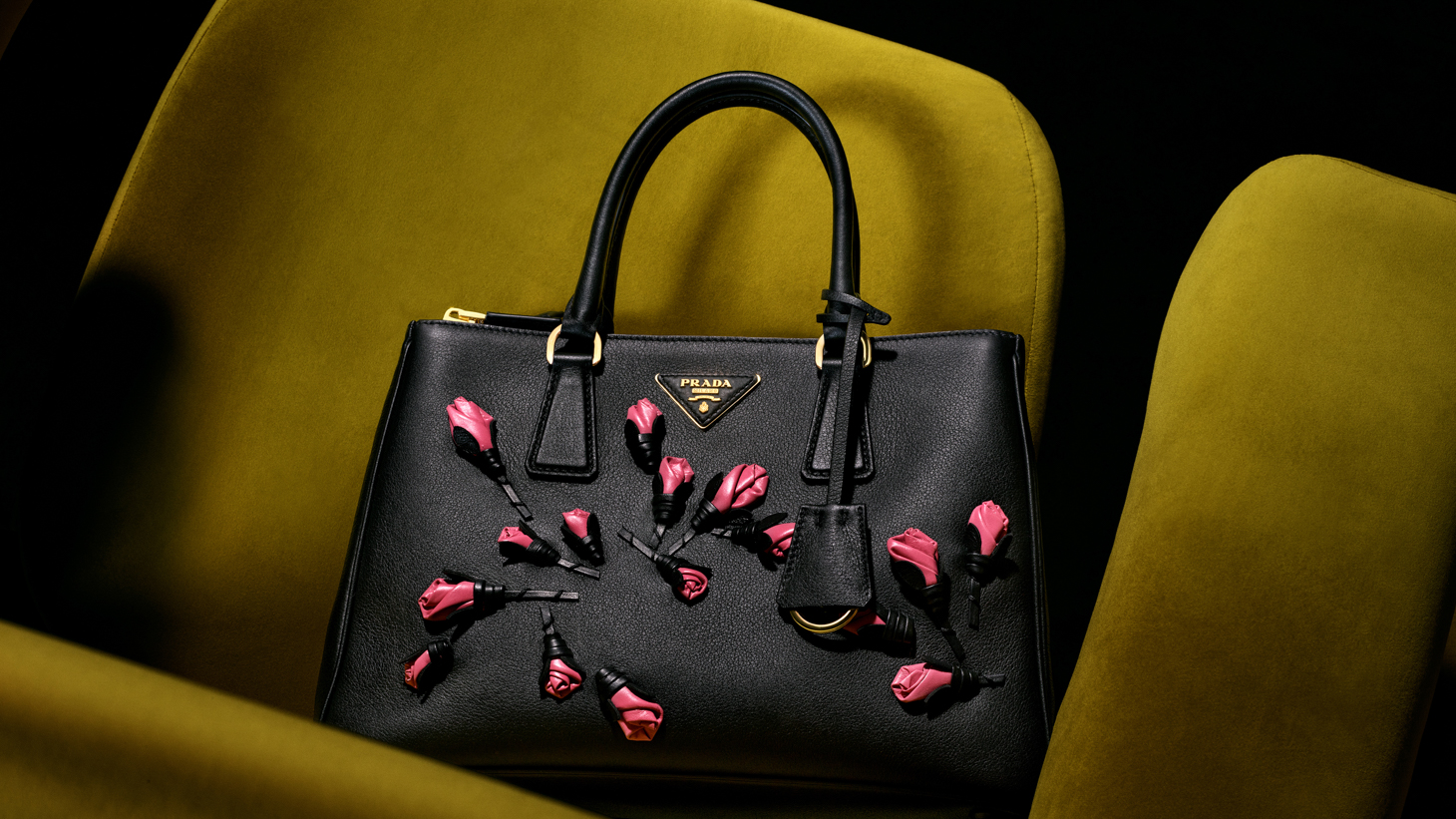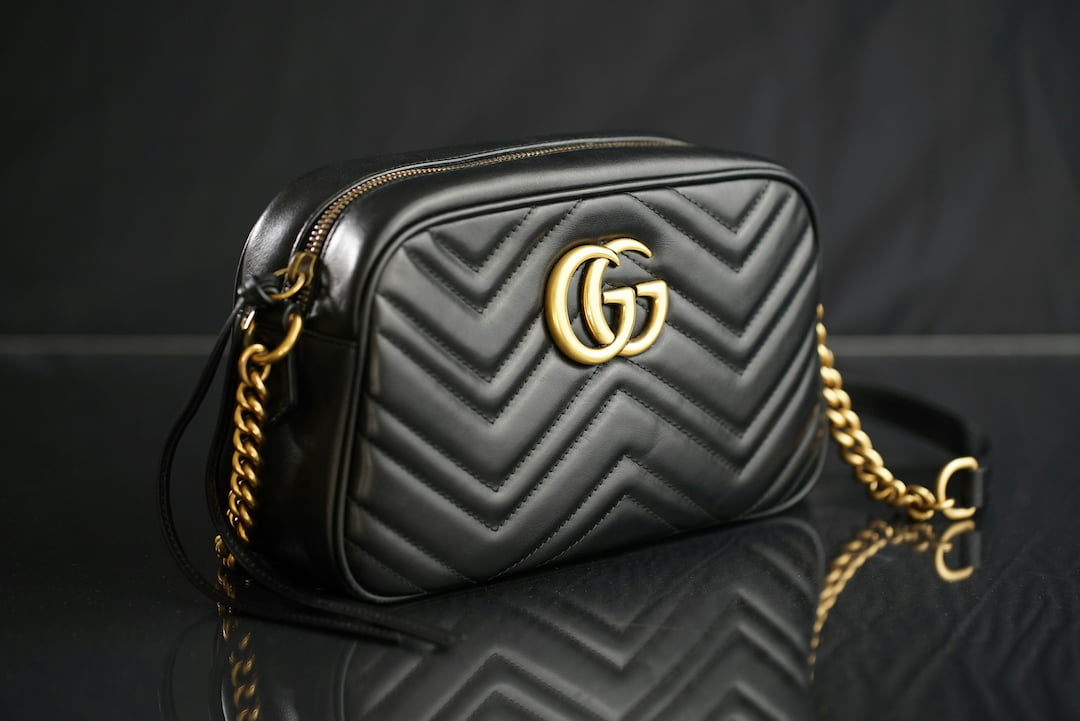Luxury never lingers. It just pops.
“Pop-Up.” Quick, catchy, a little bit chaotic. But behind the whimsy lies a well-oiled machine: branded temples disguised as temporary fun, where fashion, art, and marketing blur into one glossy hallucination.Freedom on Sale: The High Cost of Wanting More
by Thea Elle | July 27, 2025 | Luxury Bags
Your life is a mood board of restraint. You drink single-origin pour-overs, wear sun-faded knits, and speak fluent minimalism. You believe you’ve opted out of consumer culture’s chaos and chosen clarity instead. But the stillness begins to feel staged. And somewhere between the oat milk and organic linen, a thought breaks through: what if your good taste is just another leash? Luxury today doesn’t sell you excess. It sells you identity. Not loud, but knowing. Not obvious, but optimized. You’re not immune to the system. You’re the target audience—its most prized recruit. You don’t need to escape luxury. You need to recognize its new shape. Because the most seductive form of control is the one that makes you feel free.

Your Taste Was Manufactured
It starts with a scroll. A reel here, a story there. A celebrity with a bag the size of a coin purse. An influencer holding a cup that costs more than your groceries. It’s funny at first—absurd. But then it happens again. And again. And something shifts. You stop laughing. You start liking. You start wanting. This is not coincidence. This is the system working exactly as it was built. Your desires are not accidents. They are cultivated by design. A strategy fine-tuned to create longing, to trigger envy, to offer relief in the form of ownership.
You tell yourself it’s personal. That you’re drawn to quality. To niche brands. To pieces that reflect your personality. But your “uniqueness” was mass-produced—just segmented into a more curated aesthetic. The exclusivity you cling to is just another market tier. The thrill of the find? Engineered. And the price tag? That’s not the barrier. That’s the feature. It signals taste. It repels the uninitiated. It’s not about what the item does, but who it keeps out—and what it lets you signal when you carry it. This is how the machine wins. Not with brute force, but with seduction. It offers you a version of yourself you’re proud to display. It makes you feel like an insider. And while you bask in that glow, it quietly turns your identity into inventory.

From Drop to Drop: The Consumer on a Leash
We don’t chase the item — we chase the feeling. That dopamine jolt when you beat the odds. That flash of superiority when your friends notice what’s on your feet or your wrist or your feed. In the cult of the limited edition, the item itself almost doesn’t matter. What matters is that not everyone has it. What matters is the chase. This model has infected everything — sneakers, handbags, watches, even water bottles. The scarcity playbook is simple: create artificial demand, manufacture urgency, and let the community do the rest. Blogs, Twitter threads, Discord groups, resale apps — all of them co-sign the illusion that something rare is inherently better. That owning it proves you’re in the know, ahead of the curve, deserving.
But here’s what they don’t say: the loop never ends. As soon as one drop is over, the next is already on the horizon. What was “it” last week becomes passé in a month. And you’re left constantly refreshing, constantly comparing, constantly spending — not for joy, not even for utility, but to keep up appearances in a game designed to exhaust you. The problem with scarcity as a lifestyle is that it makes you forget what enough feels like. It blurs the line between interest and addiction. And worst of all, it convinces you that the stress is worth it. That the chase is character-building. That belonging comes with a price. The product doesn’t free you — it owns you.

Trapped in the Loop of More
At first, it feels like fun — the thrill of finding the perfect piece, the dopamine of a drop, the comfort of knowing you’re on trend. Buying is rebranded as self-care. Acquiring is framed as empowerment. But over time, it becomes harder to tell where enthusiasm ends and anxiety begins. Because the real product isn’t the object in the box. It’s the feeling that without it, you’re falling behind. What used to be a treat becomes a ritual. What once felt indulgent now feels like maintenance. There’s always a newer version, a limited colorway, a better collaboration. The language of choice masks a kind of quiet coercion: If you don’t upgrade, evolve, refresh — are you still enough?
And so, you keep going. Not because you’re greedy, but because you’re afraid to be forgotten. Afraid to sit still in a world moving at algorithm speed. The cycle rewards you for staying plugged in, always scanning for the next thing to elevate, optimize, perfect. But the cost is mounting. Not just in dollars, but in bandwidth, in clarity, in peace. Eventually, you realize: this isn’t freedom. It’s debt disguised as identity. It’s marketing masquerading as meaning. And until you step off the loop — until you learn to want less — you’re not really living. You’re just participating.

The Elegance of Restraint
In an economy built on urgency and excess, true rebellion wears a quieter face. It doesn’t reject beauty, but it redefines it. A new kind of consumer is emerging — one who still appreciates great design, quality, and even luxury, but approaches it with precision and purpose. This is not about opting out. It’s about opting better. This thoughtful rebellion resists the default setting of “more.” It questions the rush of constant upgrades, the worship of scarcity, and the allure of the trending. In its place, it cultivates discernment: buying fewer things, but better ones. Spending not for status, but for satisfaction. It seeks longevity in a culture obsessed with the moment. Substance in a market that thrives on spectacle.
The new rebels are curators of their own desire. They are not anti-fashion or anti-consumption — they are anti-frenzy. They understand that the truest form of elegance isn’t in what you display, but in what you decline. And in a system that demands your constant attention and appetite, there is something deeply powerful about simply walking away — with intention, with awareness, and with style.

The Quiet Exit from the Cult of More
You’ve played the game — tastefully, masterfully. You’ve known the right drops, worn the right layers, picked the right “quiet” logos. But somewhere, the curated lifestyle starts to feel like a script you didn’t write. The rituals lose their spark. The chase becomes noise. And the question lingers: Is this really freedom? Maybe freedom isn’t about owning better. Maybe it’s about wanting less. Not because you’re rejecting beauty or craftsmanship, but because you’re done being baited by them. Because what used to be a love of form has morphed into a hunger for validation. And what once felt expressive now feels compulsive.
To choose freedom over fetish is to reclaim your autonomy from the market’s endless whisper. It’s remembering that your value isn’t tied to what you own, how you style it, or how fluently you speak the language of luxury. Sometimes the most radical act isn’t to strip everything away, but to ask — What do I actually need? Then listen. Then walk away.